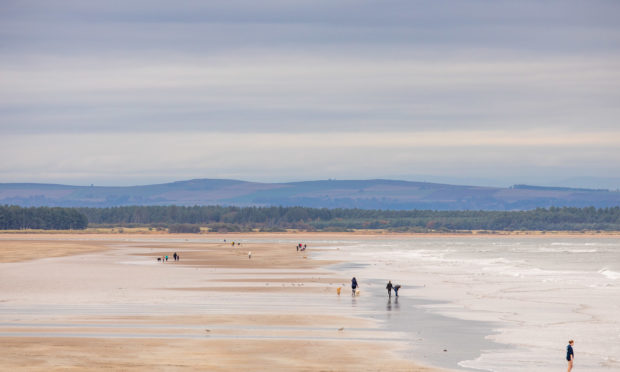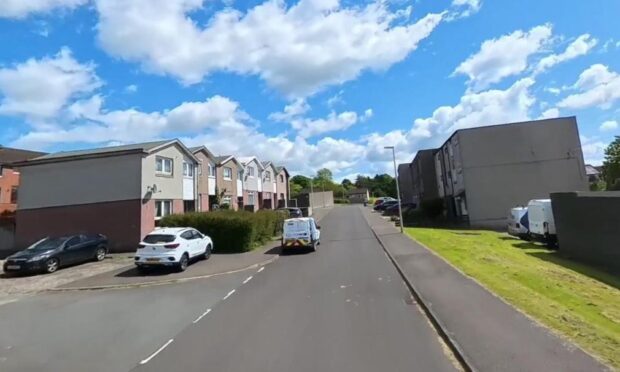Lovers of Fife’s coasts have frowned upon people spotted “stealing” bags of sand from one of the region’s most beautiful beaches.
Made famous by the opening scenes of the film Chariots of Fire, St Andrews West Sands extends for almost two miles of uninterrupted sand, backed with dunes and a world-renowned golf course.
Environmentalists have hit out after a photo was circulated on social media apparently showing two men removing three full bags of sand from the beauty spot – presumably for their own use.
The posts have since been removed pending an investigation but the alleged incident sparked anger and concern.
Fife Coast and Countryside Trust, which has been heavily involved in restoring the famous dunes at the West Sands in recent years, said it was aware of the incident and would continue to monitor the situation.
“It’s not a sustainable practice at any beach,” a Trust spokesperson said.
>> Keep up to date with the latest news with The Courier newsletter
“The West Sands Rangers are on site most of the time and we will be monitoring the situation. It’s something that we will have to keep an eye on.”
Sand removal from any public beach can be carried out under licence, but official guidance is that significant quantities of beach material should not be removed as it is part of the country’s natural coastal defences.
During the Beast from the East weather phenomenon last year, amid suggestions sand could be used to replicate salt on icy roads, footpaths and car parks, the Scottish Government warned against the practice, stressing its extraction from the foreshore would lead to an increased risk of coastal erosion and flooding.
It is understood the sand removed earlier this week was from the beach itself, below the dunes, which have been subject to substantial improvement works over the last few years.
The dunes were hit by a storm surge in March 2010 at the same time as a particularly high tide, highlighting severe coastal erosion and flooding at the West Sands.
Access to the dunes is now managed, with sensitive paths closed off and boardwalks and signed dune paths providing access to the beach from the car park.
Protection work is ongoing, with Fife Coast and Countryside Trust asking local residents in December to donate their old Christmas trees to a project designed to stablise one of the dunes which had become eroded by the wind.
This was taken from a practise used in the Netherlands called ‘Dutch basketing’ during which the trees are laid in the base of the hollow, preventing any further erosion.










